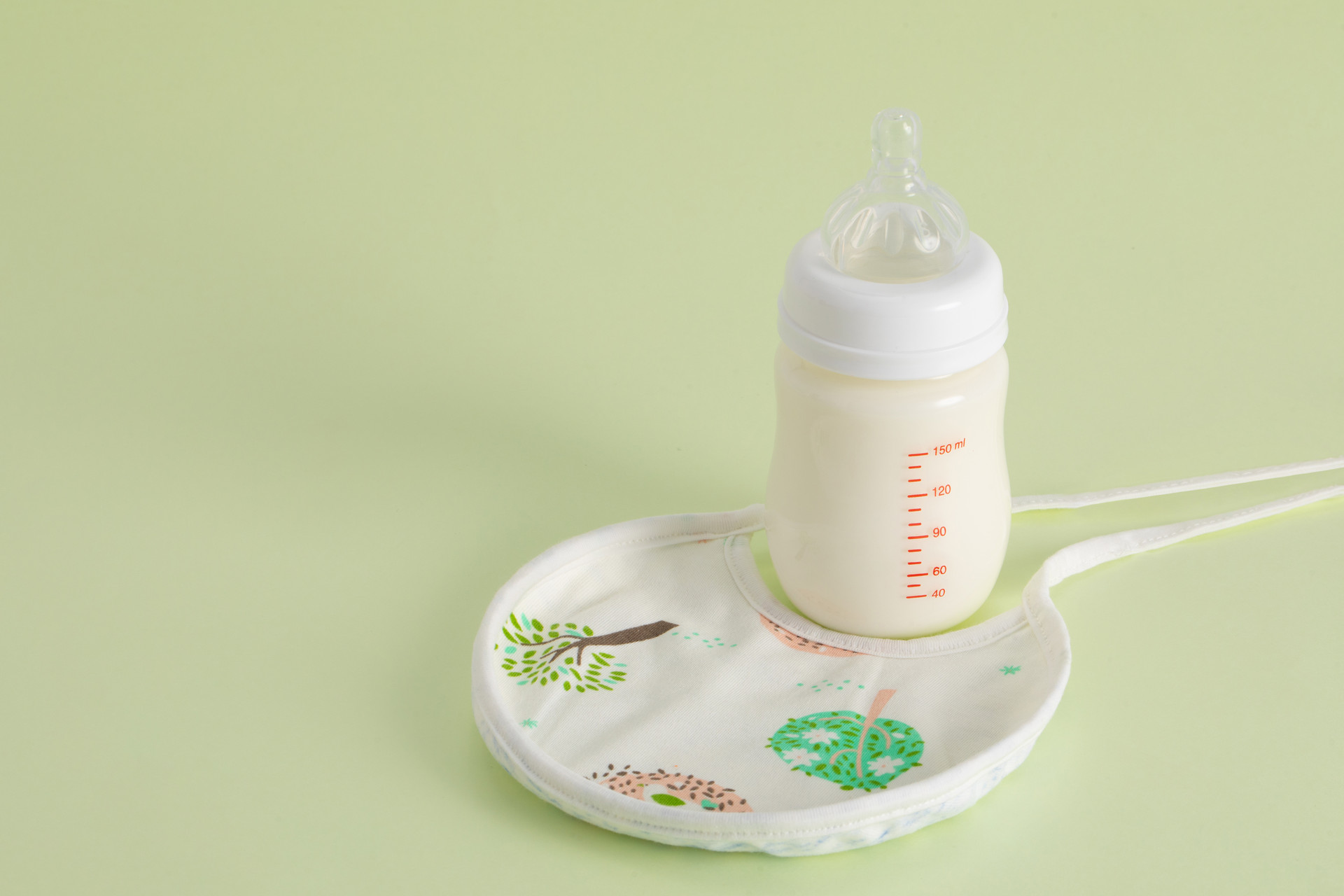Regurgitation is a common physiological phenomenon in newborns, and they often spit up milk within a few weeks of birth. However, as babies grow older, regurgitation gradually decreases and usually disappears completely by 6 to 8 months. However, if the following symptoms are present, it may be regurgitation caused by certain diseases! The specific symptoms are as follows:
Symptoms of pathological regurgitation
1. Regurgitation caused by congenital digestive tract deformities
Regurgitation occurs frequently, with a large amount of vomit, often in a jet-like manner. In addition to milk, the vomit may also contain bile, or the vomit may resemble feces.
(1) After birth, if the baby has excessive saliva and vomits, coughs, turns blue, or even suffocates after swallowing 1 or 2 mouthfuls of milk, it is likely due to esophageal atresia;
(2) If the baby does not pass meconium or passes a small amount of meconium after birth, symptoms of intestinal obstruction may appear 1-2 days later: frequent vomiting, vomit containing bile or vomit resembling feces, obvious abdominal distension, shiny abdominal wall, dilated veins. After rectal examination or enema, a large amount of stool is discharged, which is often due to congenital megacolon; if there are no symptoms after birth and both feeding and defecation are normal, but vomiting occurs 2-3 weeks later, gradually worsening, immediately or shortly after each feeding, often in a jet-like manner, it is likely due to congenital hypertrophic pyloric stenosis.
2. Regurgitation caused by pediatric internal diseases
Regurgitation often occurs with obvious symptoms, but the vomiting is generally not severe or intermittent.
(1) In addition to vomiting, newborns with cerebral edema and intracranial hemorrhage caused by asphyxia often have symptoms such as moaning, cyanosis, and convulsions; newborns with upper respiratory tract infections often have symptoms such as fever, runny nose, nasal congestion, and cough.
(2) Sepsis and meningitis often have symptoms such as poor response, mental lethargy, refusal to eat, immobility, and jaundice; pneumonia often has symptoms such as fever, rapid breathing, foaming at the mouth, and cyanosis.
Traditional Chinese medicine teaches you dietary therapy
1. Goji Berry and Dried Tangerine Peel Porridge
Effect: This porridge clears the liver and stomach and nourishes the lungs.
Preparation: 2 grams of dried tangerine peel, 20 pieces of goji berry leaves, 2 honey dates, cook porridge.
2. Fructus Citri Sarcodactylis and Dried Tangerine Peel Porridge
Effect: This porridge promotes digestion, strengthens the spleen, and nourishes the stomach.
Preparation: 2 grams of dried tangerine peel, 10 grams of Fructus Citri Sarcodactylis, cook porridge. When eating, add a little maltose to nourish the stomach and intestines.
Other methods for treatment
1. If there are mouth sores, apply a mixture of rice soup and a small amount of pearl powder (easy to obtain) to the oral cavity.
2. Breastfeeding mothers should pay attention to their diet and avoid extreme cold or hot foods. After breastfeeding, it is appropriate to gently pat the baby's back, but avoid excessive playfulness.











